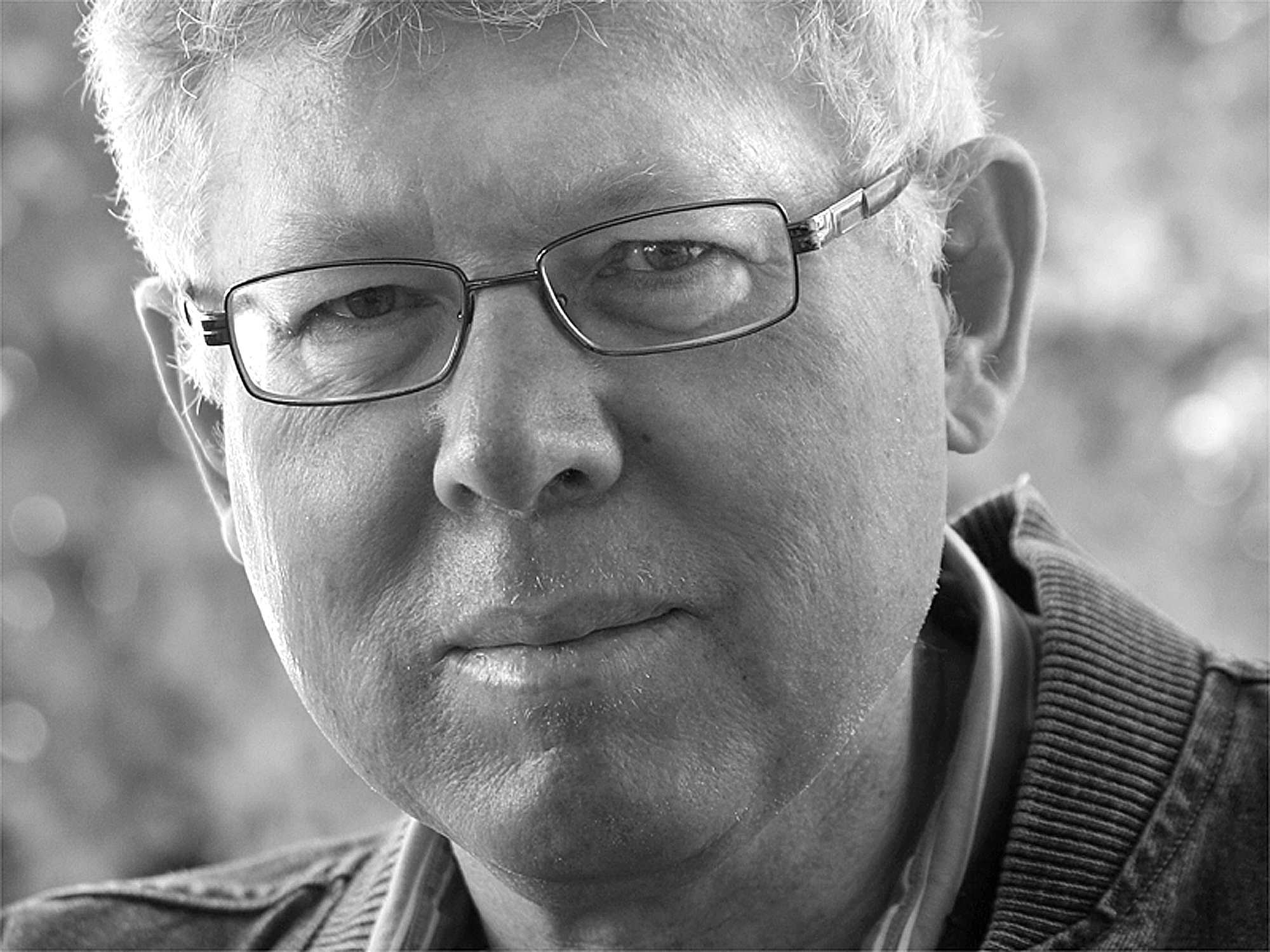Columnists
The six-cup approach

With Roll up the Rim season having concluded at the end of March, our attention turns to ensuring we cash in our winnings before the April 20 deadline. I confess to having a coffee-stained winning rim or two hiding somewhere in my car.
The Roll up the Rim contest continues to be a bright spot for Tims in an otherwise gloomy year. The company has taken flak for cutting benefits to its minimum wage earners. Relations between the franchisor and franchisees appear to be quite frosty. The stock price has been volatile. And recent surveys show the lustre of the corporate brand declining.
Canada’s most eagerly awaited game is played as many times as there are people who live in Canada, and probably more. Its success has had an interesting consequence, for which Tims has not received enough credit. It has boosted Canadians’ interest in mathematics and probability theory. Take the ideas of Sitrling’s Mike Duncey, 26, for example.
Buy Roll up the Rim cups in bulk, Duncey says, but don’t do it by yourself. Instead, form a consortium. That way, you increase your overall chance of winning something, while at the same time you’re not personally stuck with a bucketful of coffee you don’t need. Sure, you have to split whatever you win within the consortium, but the odds get shorter the more cups you accumulate. Tims makes the odds of winning a prize clear on its website; broadly, they are one in six. So why not have six people collectively take in six cups? Your odds of winning something would come out at about one to one, he figures. And the worst prize you can get by pooling is sharing a single coffee or donut six ways. The more multiples of six cups you acquire, he figures, the more the odds work in your favour.
His six-cup approach, he says, is really about increasing the upside risk of winning a big prize, like one of 50 Honda Civics or 100 bank cards prepaid with $5,000. For the record, Tims estimates the chance of winning a Honda Civic as one in 4,419,303, and the chance of winning a prepaid bank card as one in 2,209,652. By his count, there were 50,650 such winning cups out there this year that give you a prize of more than your money back, collectively worth more than $4.5 million; and someone has to claim those prizes.
Duncey goes a step further. What if people were offered the oppportunity to drink their coffee but NOT roll up their rim. Instead, they would take a payment of, say, a dollar by the consortium and surrender their intact cup to the consortium. Two groups would converge: those who preferred cheap coffee to gambling, and those who preferred gambling to coffee. Indeed, to buy six cups at a cost of a dollar a cup on a two dollar cup of what was once coffee would allow you to purchase 12 cups instead of six, thereby doubling your chance of holding a winner. Duncey acknowledges that Tims may not be too keen on the establishment of a aftermarket for its Roll up the Rim cups, but is enthusiastic nonetheless.
When pressed, he further admits that, if he is not assigning any value to the coffee, he could probably earn a better return by keeping his money in his pocket. “It’s really all about the thrill of the chase,” he says. “I prefer Starbucks’ coffee anyway; I only come in to Tims during Rim season.”
But maybe Mr. Duncey is on to something, and Tims should take him seriously. After all, one of its competitors, Second Cup, has decided to turn its coffee shops in western Canada into pot lounges that happen to serve coffee. Perhaps Tims should seek to become a yearround gambling den that happens to serve coffee, in the very cups that are its playing currency. Make Roll up the Rim a permanent feature instead a short term promotion; rebrand Tims as the “Roll up the Rim Store,” and watch the cash roll in.
Odds are that it will work to Tims’ benefit. Just ask Mr. Duncey Don’t ask me: I didn’t study probabilty in school. I probably should have.

Comments (0)